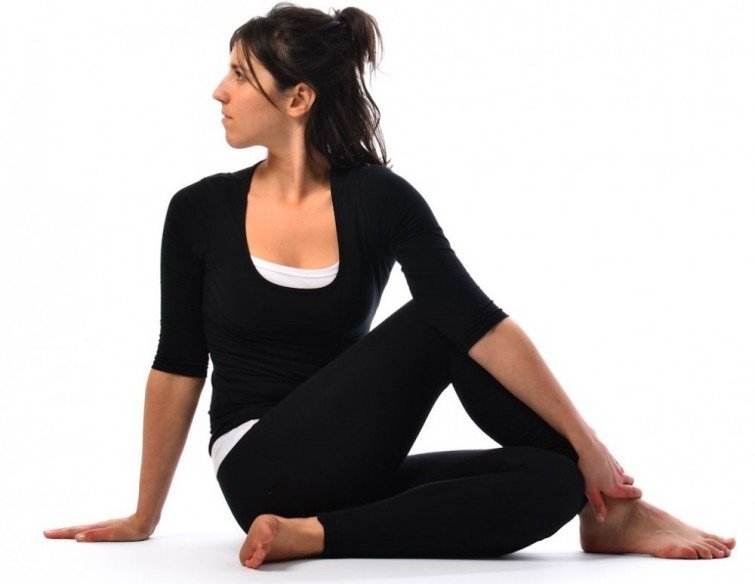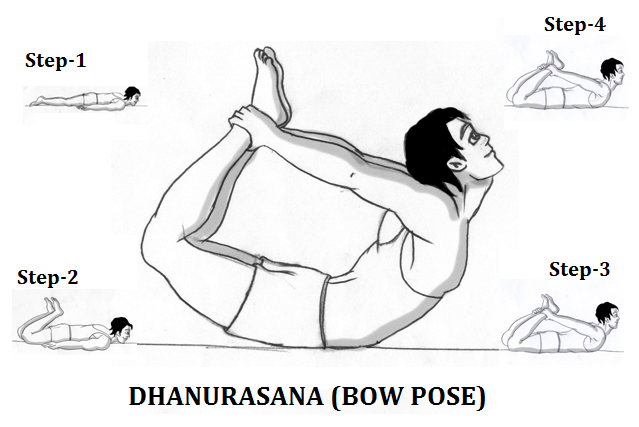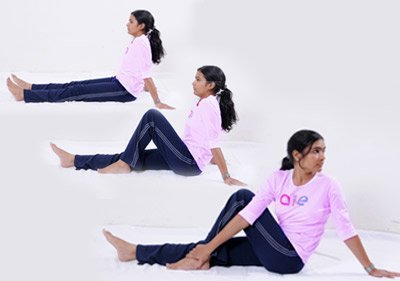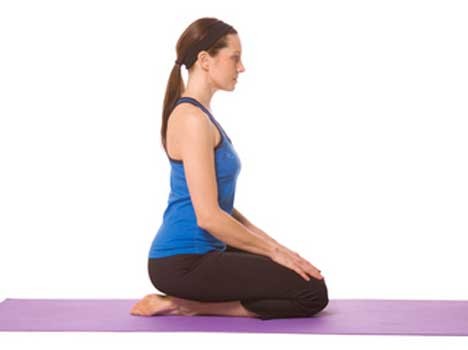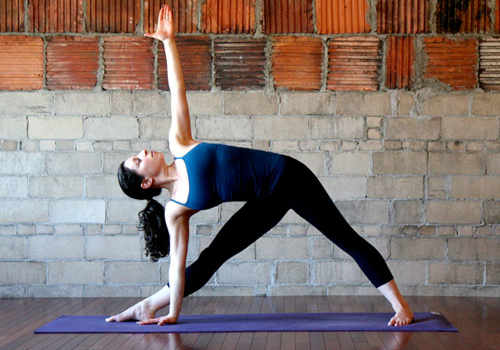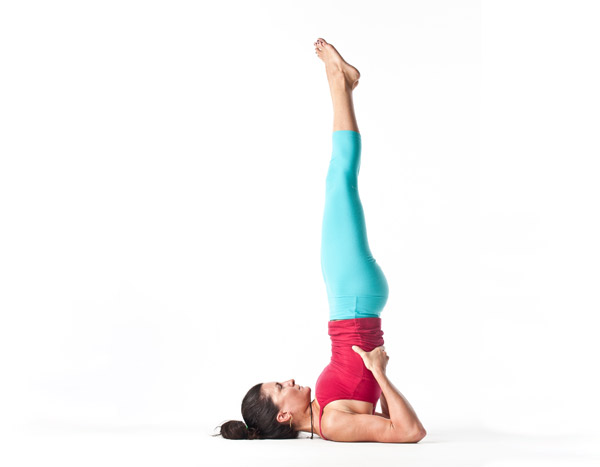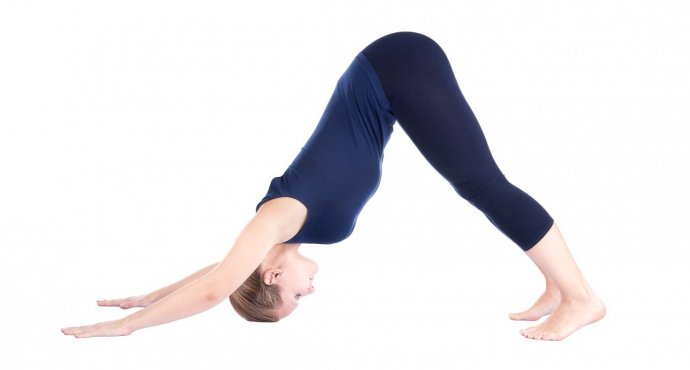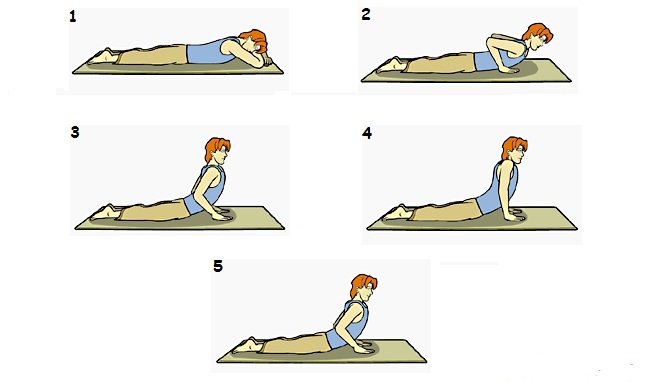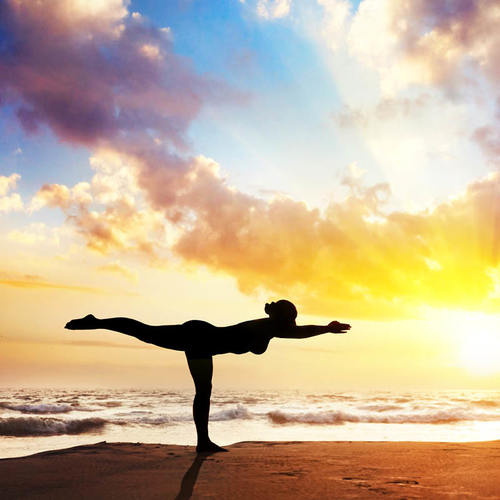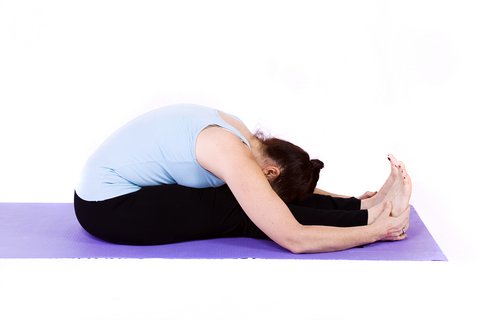Uttanasana-Standing Forward Bend Pose
Uttanasana is a standing forward bending pose in yoga. Uttanasana is a Sanskrit word in which uttana means intense stretch and asana means posture. In this asana person should keep the palms flat on the ground without bending the knees. While doing Uttanasana blood gushes to the head when bent, this helps in giving a good boost of oxygen to the head. This asana has different variations which gives different health benefits. Make sure that your bowels and stomach are empty. Have your meals at least 2-3 hours before doing any yoga asanas.
Step by step procedure for Uttanasana
- Stand keeping both the legs little apart. Keep the hands on the hips and exhale.
- Now bend your upper body so that the chest and stomach touches the thighs of your legs.
- Try to keep the knees straight( for beginners they can bend a little bit till they learn to keep it straight) and get the hands to keep the palms on the floor in front of your toes or keep the palms behind the ankles.
- If the knees are bent then make sure that it is bent forward and not inwards or outwards.
- With every inhale, try to stretch/lengthen the front torso(trunk of human body) slightly and with each exhale release fully while bending.
- Breathe normally. Try to stay in this posture for a minute.
- Don’t just get back straight; first get your hands back on the hips and with deep inhale breath come back to the standing pose.
- Beginners can first start by slightly bending their knees.
Benefits of Uttanasana
- Helps in proper functioning of liver, kidneys and spleen
- Helps in relieving depression and stress as the blood gushes to the brain.
- Strengths thigh muscles and knees.
- Reduces fatigue and insomnia and symptoms of menopause.
- Releases the pain in spine, neck and back.
- Improves digestion.
- Calms the mind and soothes the nerves.
Precautions to be taken for Uttanasana
- If a person is suffering from back pain, knee pain or any kind of surgery on the back, it is better to avoid this asana.
- As this pose will put pressure on the stomach, pregnant women and women during menstruation should avoid it.
- Persons with any heart related issues should consult a physician before doing this asana
Variations:
There are many variations one can include in this asana. One can try doing Ardha Uttanasana in which the trunk is horizontal and palms resting on the calves. Another could be Niralamba Uttanasana where the hands touch the waistband instead of touching down. And lastly is the Padahastasana in which the hands are kept under the toes and feet and the palms are facing the feet. This can be tried after mastering Uttanasana.
Update on coronavirus in India
Affiliate Disclosure:
If you make any purchase via a link on this site, I may receive a small commission with no added cost to you.

